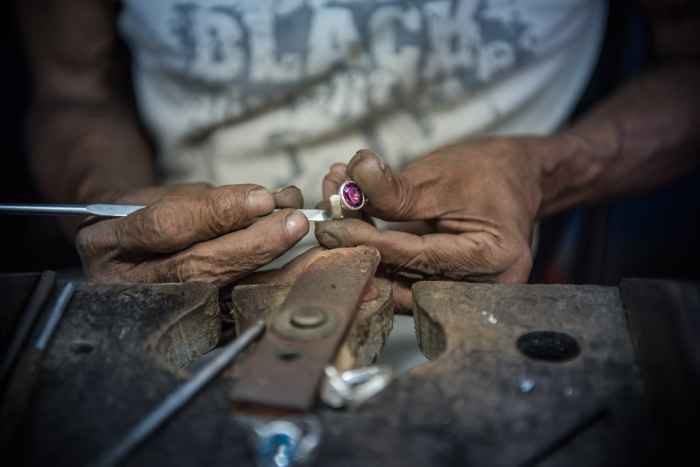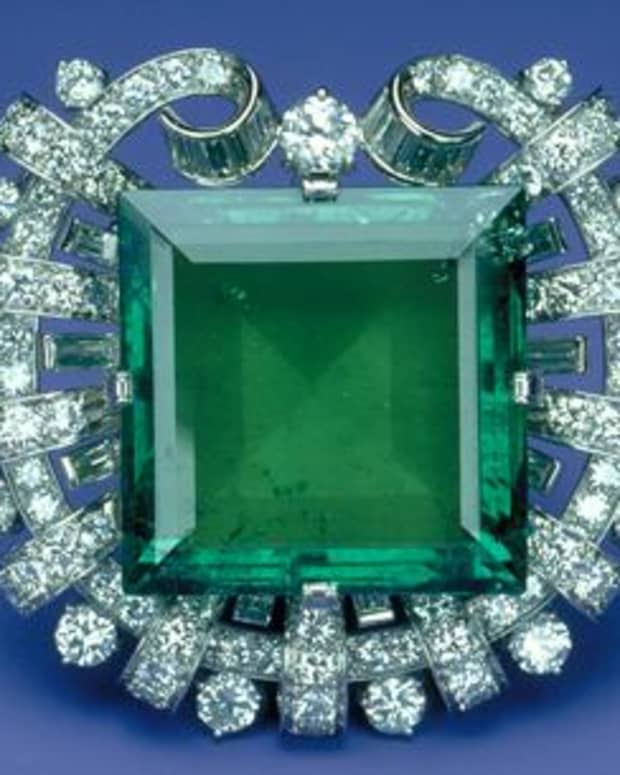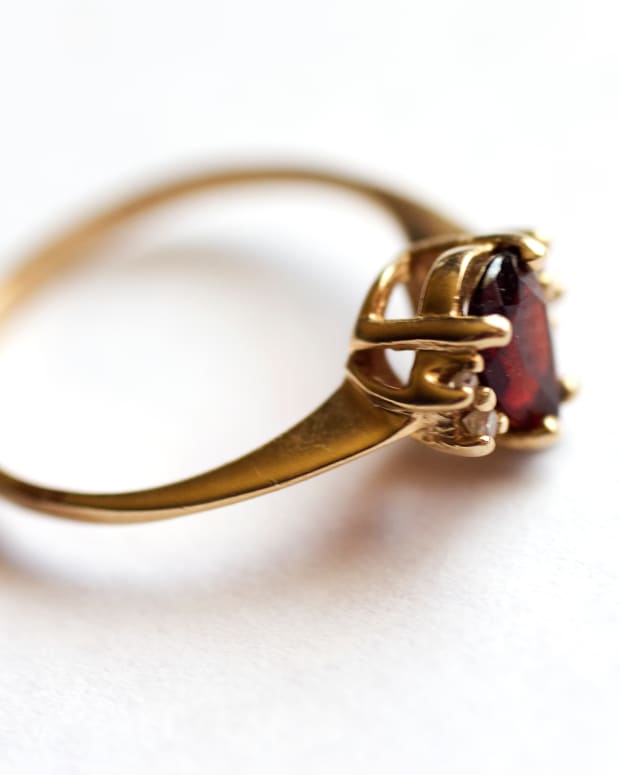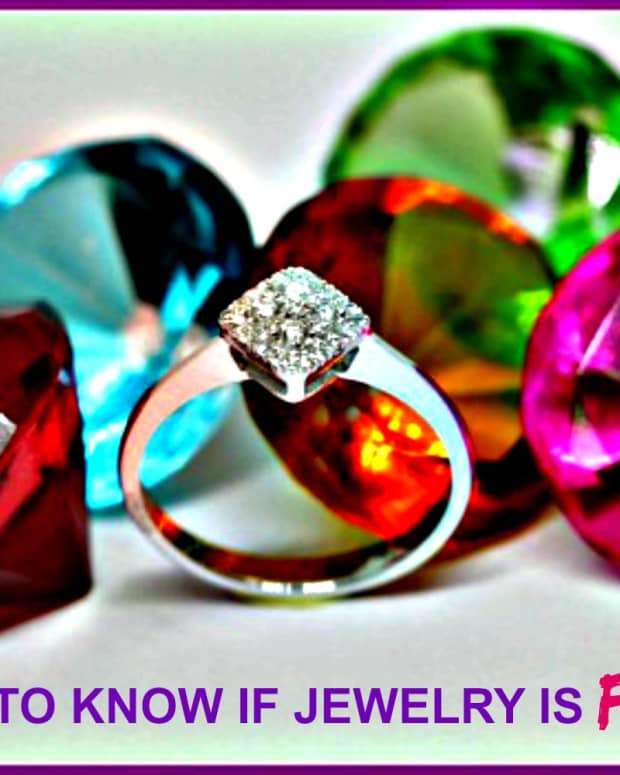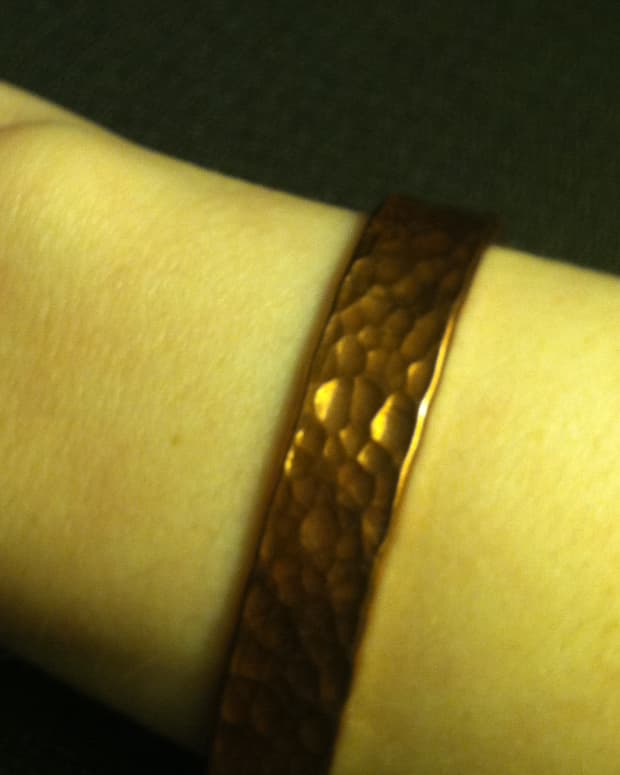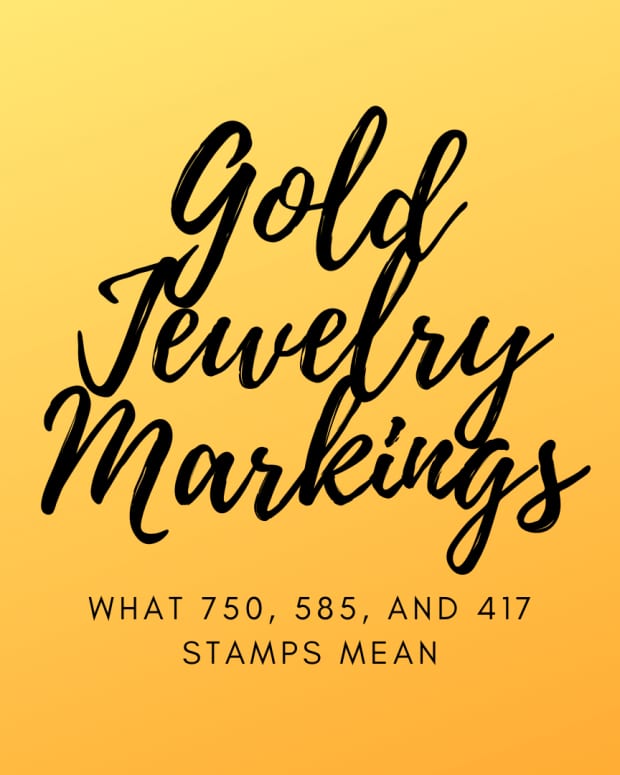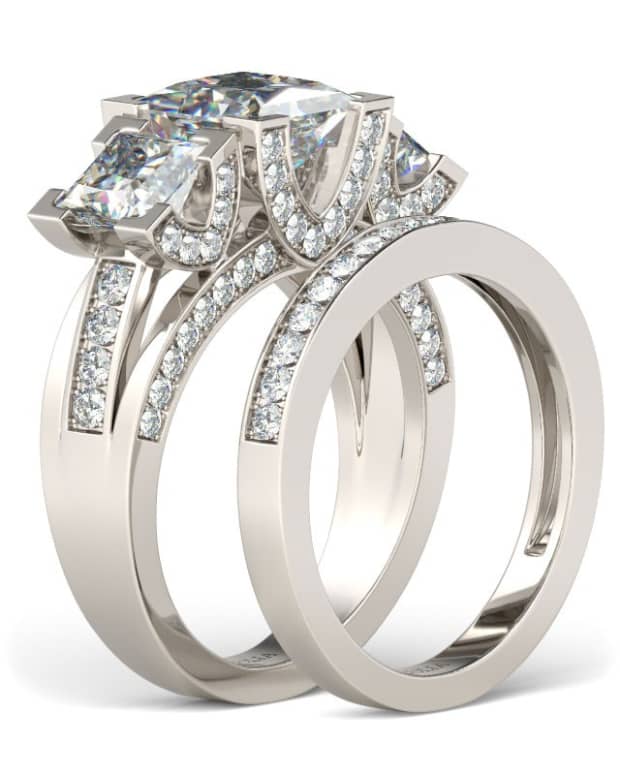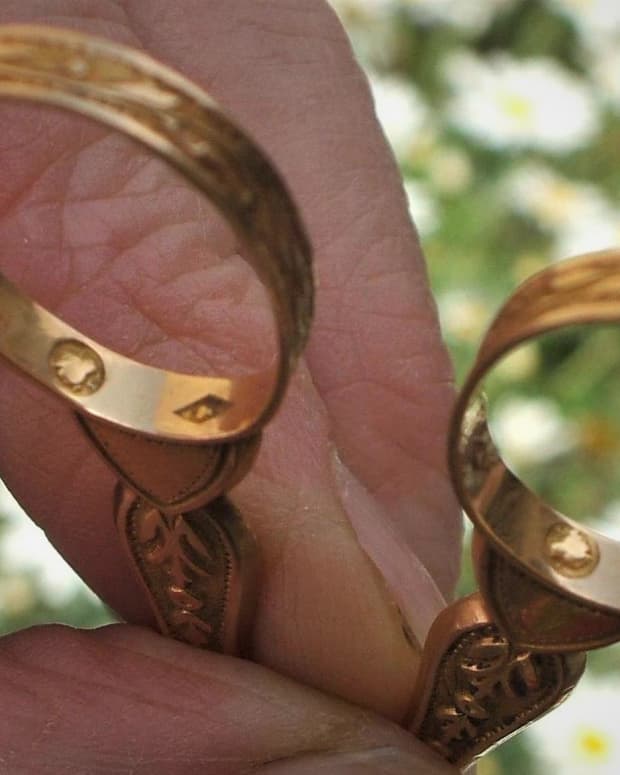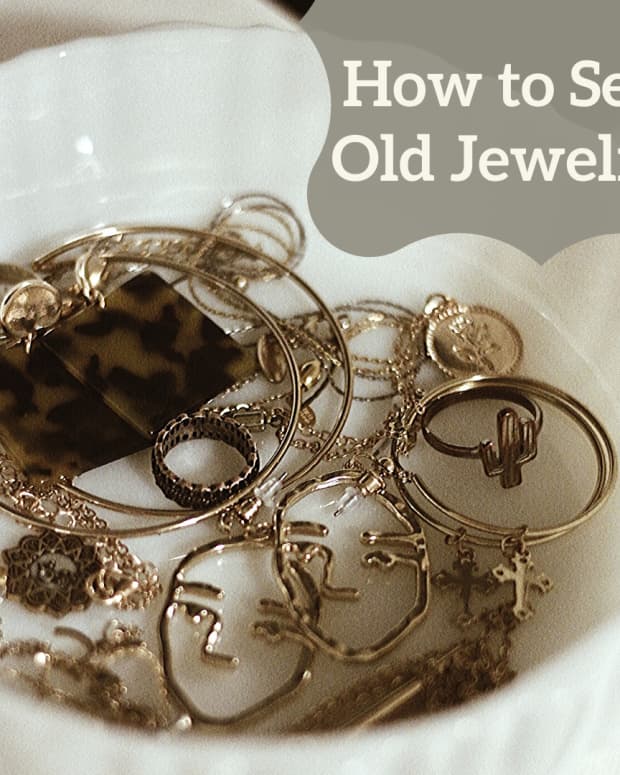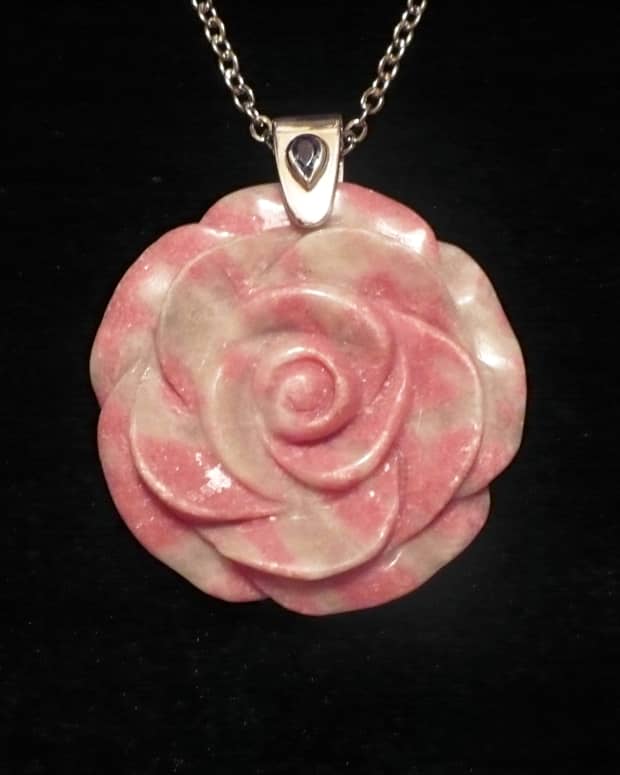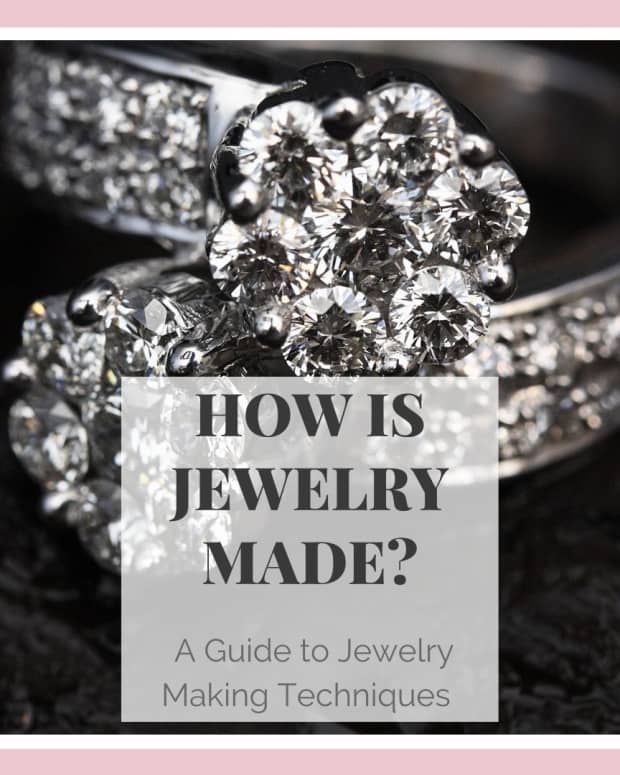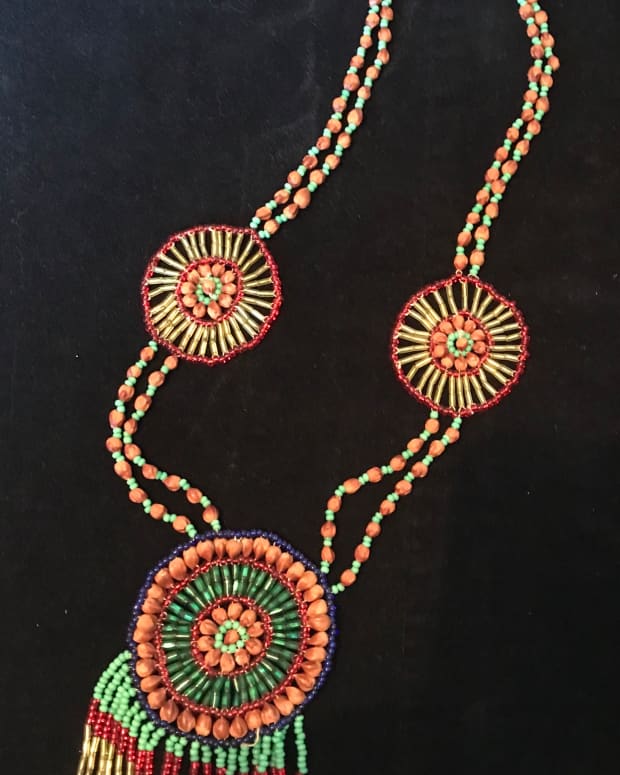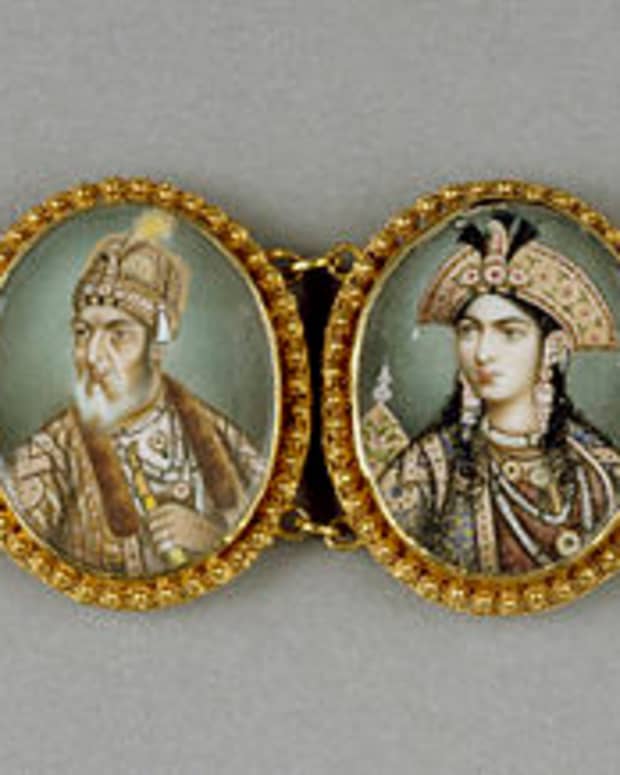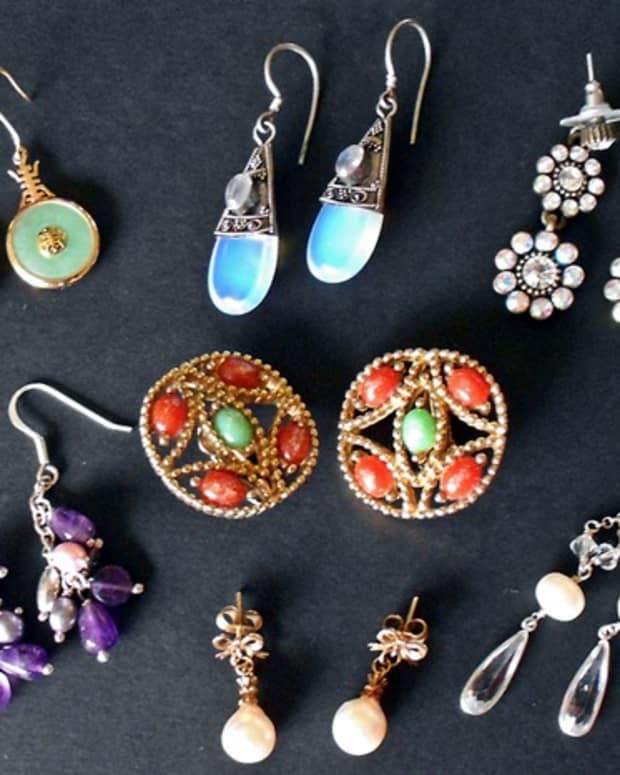How to Test Precious Metals, Jewelry, Coins, & More
Ruby is a reseller with a growing catalog. He created Billionaire Pets Club. He also has his own Youtube channel on a variety of topics.
Why Is This Skill So Valuable?
You don't have to be a precious metal buyer or seller to enjoy the benefits of knowing how to properly test for metal content. Whether you're a rapper who wants some real bling-bling, or a guy purchasing his girlfriend some vintage jewelry, knowing how to figure out what it's really made of instead of relying on someone else to tell the truth is very handy! So read on to learn a skill that pays in more ways than one.
What Supplies Do You Need?
First, you will need to get some supplies. As amazing as the human eye is, it's hard to tell what is under the surface of any supposed precious metal item simply by looking. So get the tools that will help you get beneath the surface (links to supplies I use/recommend below).
Attract the Right Deals!
A neodymium rare earth magnet is your 1st line of defense against fakes. Great for when you don't have your acid test kit with you in the field. Avoiding magnetic pieces increases your chances of finding precious metals. Don't use a magnet from your refrigerator, they don't have the strength that's needed to accurately determine if something is ferrous or non-ferrous.
Get in the Loupe!
Carson loupes are quality, affordable, and come from a trusted name in the game. I don't have this particular Carson loupe, but I have another standing model of theirs and a vintage no brand that is built like the ol' days. This design (slide) is going to best serve you for investigating possible precious metals.
Get to the Bottom of it!
This Puritest acid test kit from JSP is the trusted brand I choose to use. Quality control is important when dealing with precious metals, as there's lots of money on the table. Don't go cheap and get unreliable acid or test stones. Remember to get new acids about every year or so. I also like the wooden box sold by Puritest to keep your acids contained and fresh.
Hands On!
Now that you got your supplies and you're ready to learn, let's get started! Don't rely on someone's word, your sight, or touch. Master your tools and don't be afraid to whip them out. Better safe than sorry!
1. Magnet: Use your neodymium magnet to run over the piece(s) in question. If there is a magnetic pull, chances are it isn't any precious metal. Though a slightly magnetic piece could indicate a magnetic alloy or a plating. Either way, I would steer clear of anything magnetic unless you know it's just base metal. Remember clasps often have magnetic metal springs inside and earrings can have magnetic posts.
2. Loupe: Now if it's not magnetic, you can look for metal marks... pull out your loupe now! I personally find it easier to look for marks first, but if your eyes are bad even with a loupe you may find yourself squinting. The marks are different depending on where you live or where the piece is from.
Read More From Bellatory
- Assuming your from America, the basics for silver are; STER., STERLING, STERLING SILVER, PLATA, .800, .835, .925, .950, and .999. There are more, but they are either foreign or rare. For example, some other countries use symbols instead of numbers of words.
- The marks for gold most commonly are; 9K, 10K, 14K, 18K, 22K, 24K, 416, 585, 750, 9 KARAT, 10 KARAT, etc. 14K=585 parts gold, 18K=750, etc. Don't confuse karat with carat. Karat is the purity of the gold, while carat is referring to weight, generally of gemstones. Look all over the piece, but generally inside of rings, on clasps, and behind pendants or charms.
- Platinum marks are PLAT, 800, 850, 900, and 999 while Palladium is usually 500, 950, and 999. These metals are rarer than the others and are a little trickier to test.
3. Acid Test Kit: Now as you may have assumed, it is time to whip out the acid testing kit. Inside the kit, you will have a test stone and your acids. I suggest a wooden container to keep them somewhat contained and fresh. There are different acids for different supposed precious metals.
- If you think the piece is silver or it had a mark, scratch the piece on the stone hard enough to make a solid mark but not hard enough to damage. If you see a base metal where you scratched the piece then you know it's plated. If not, use a drop of the silver acid onto the scratch on the stone. The 18K acid can also be used. Some people prefer that. The silver acid will turn a strong red for sterling, and it will stay red, if it gets red then fades away real quick it was plated or you didn't get a good enough scratch. The 18K acid will turn sterling a milky blue while eating away at a fake just like the silver acid. A piece that is less than 925 will be a lighter red, but will still stay.
- For gold there are four acids; 10, 14, 18, and 22. The 22K is good for cleaning the stone when done. To test for gold on a piece you don't want to destroy, no matter the mark, scratch the piece onto the stone just like you would a suspected piece of silver. Then starting with the 10 karat acid apply a drop and watch for reaction. If it fades, disappears or smokes it is a fake, under 10 karat or possibly plated with something. If it remains repeat with 14K acid all the way up to 22K or until it fades away. For example a piece marked 14K that has a scratch that stayed solid with 10K acid but disappeared slowly with 14, we can assume it is real gold but under karat a bit. Some jewelry is really 12 or 13 when it's marked 14.
- If you are still unsure about the results; you will need to perform a destructive test by either filing deep into the piece or cutting it to get through any potential plating. Many white gold and sterling silver pieces are plated with rhodium that can be slightly magnetic and cause uncertain acid test results. So if you are scrapping the piece and can't determine the content, then you can resort to the file method or even cut the piece to get all the way through to the center. You would then apply the appropriate acid to the piece and watch for a reaction. If it starts turning green or smoking then you obviously know it's not real. This method is only effective once you have determined the streak test results aren't sure enough.
- Platinum and Palladium are tested very much like gold would be. 22K acid can be used for both, but it's recommended to a specific platinum acid if you will test it with any regularity. Many metals can give a false positive for platinum, so use a magnet and if it's magnetic steer clear no matter what. For palladium on the stone, you are looking for the streak to turn very slowly into a yellowish-green color instead of fading away. For platinum, you want the streak to stay a bright white for a good minute.
Now Go Find Your Ruby in the Rough!
Quiz Time... Hopefully You Took Notes!
For each question, choose the best answer. The answer key is below.
- What 2 Acids Can be Used to Test Sterling Silver?
- Silver Acid & 10K Acid
- Silver Acid & 18K Acid
Answer Key
- Silver Acid & 18K Acid
Interpreting Your Score
If you got 0 correct answers: Keep your head up... & in the game!
If you got 1 correct answer: Your hired, when can you start working?
Have You Ever...
© 2017 Ruby
Comments
Kim on November 16, 2017:
Please do research about platinum 950/cobalt50- it is used by Stuller in settings and it is attracted to magnets. Your website needs to clearly state that rare earth magnets are not a way to test platinum jewelry. Your site is one of a few still on the net with incorrect information. Please do your research and correct your site to avoid confusion in the jewelry industry. Thank you.
Informed reader on November 14, 2017:
Stuller, Billion dollar company uses 950/50 platinum cobalt in settings. It is definitely magnetic. You are doing the industry wrong by your current article. Other misinformed pawn shops and Jewelers and customer are determining pieces that are considered platinum with that alloy to not be platinum according to articles like yours. We experienced that. A customer, misinformed by another jeweler used a rare earth magnet (10x in strength) to accuse us of fraud publicly. We even paid to get s GIA appraisal done, but the misinformed customer thought her magnet held the truth. Please do your research and correct this. See platinum society for example or Stuller.
Thank you


